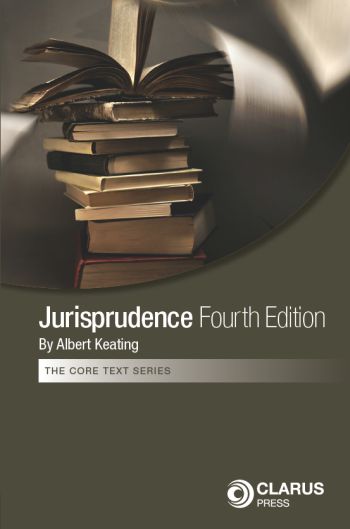
Jurisprudence, Fourth Edition commences with a comprehensive and in-depth account of the three main sources of jurisprudence: classical jurisprudence, substantive jurisprudence and adjunctive jurisprudence.
This book undertakes an in-depth analysis of the three main sources of jurisprudence: classical jurisprudence, substantive jurisprudence and adjunctive jurisprudence. Substantive jurisprudence as the primary source of jurisprudence is comprised of the modern theories of naturalism and positivism, the juristic theories of Ronald Dworkin and American legal theory. Adjunctive jurisprudence as a secondary source of jurisprudence is comprised of socio-legal theory and historico-legal theory save only insofar as those theories recognise law as a social or historical phenomenon.
This book also introduces and develops a new analytical concept of jurisprudence called the concept of juristic practice. This new concept may be applied when undertaking jurisprudential analyses of legal systems.
The study of jurisprudence lends reasoning power, not only to such broad questions such the validity of law and the relationship between law and morals but also to such particular questions, like the distinction between principles and rules of law and the legal weight given to each, and it is precisely because of this generality of scope and application that jurisprudence may be placed primus inter pares among the core law subjects.